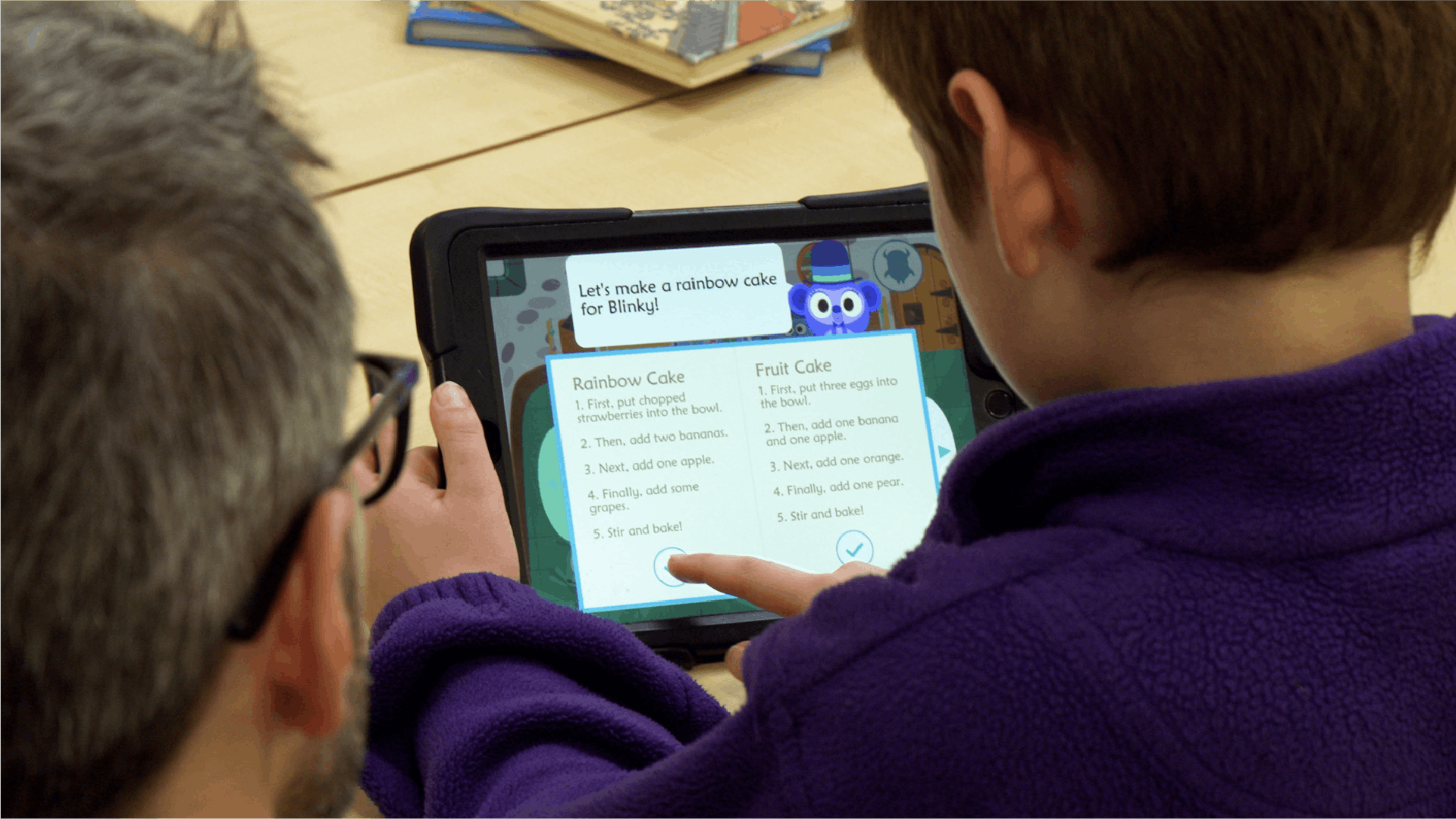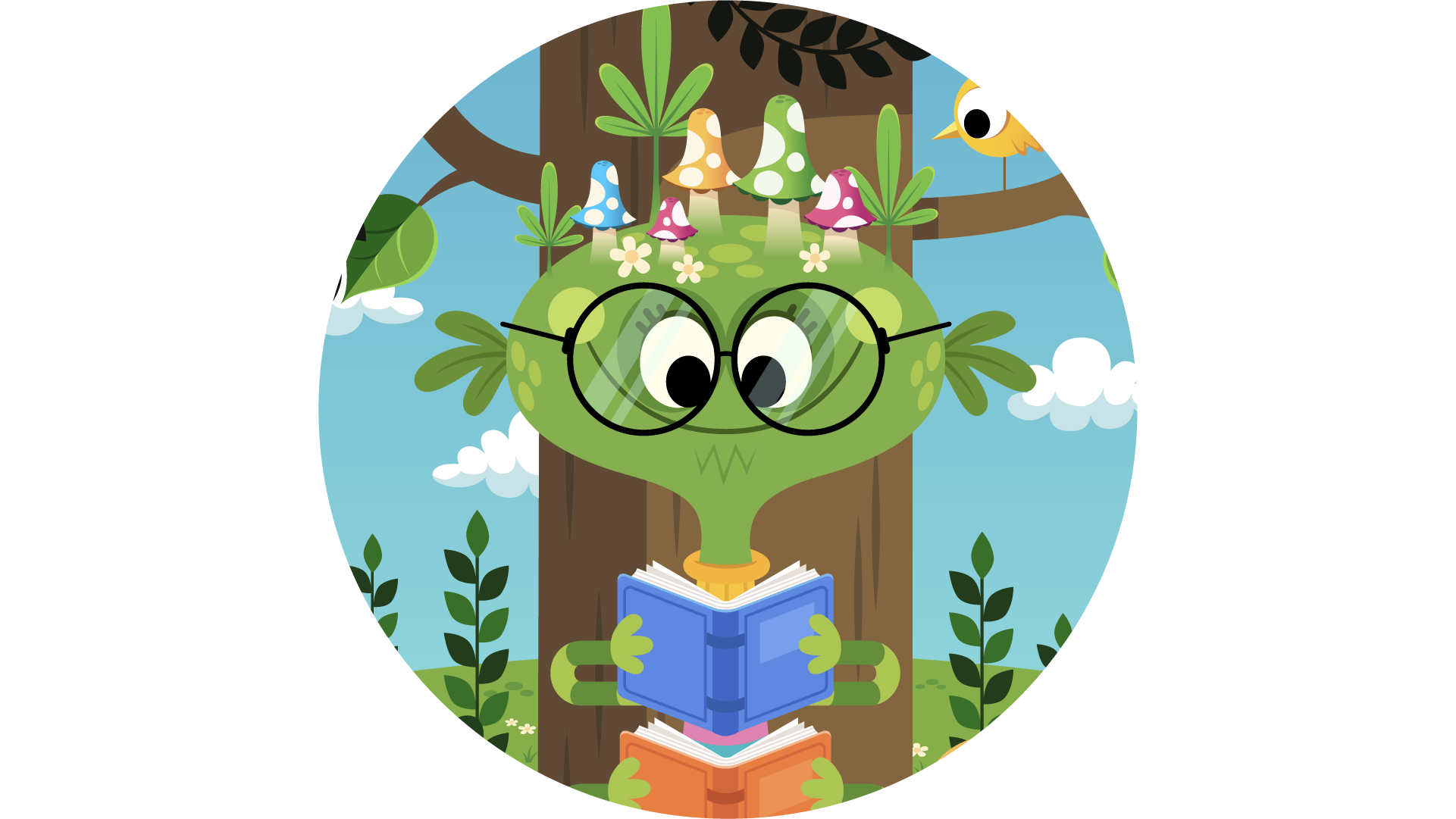TEACUPS - A Reading for Pleasure Acronym
(5 minute read)

What is the first book you can remember reading because you wanted to? The first one that drew you into a story that you can probably remember into adulthood? Maybe you picked it from the library or in a book shop. Maybe you still have a copy in the house.
Reading for pleasure is choosing to read what you want based on your own interests and preferences, without the pressures of being graded, assessed or marked on ability. Clearly teachers need to assess reading proficiency, but at the same time children can find being assessed quite stressful — potentially that can create some negative connotations when it comes to reading. Therefore it's really important to foster reading time where children aren’t assessed, where they can read what they want and as much as they want.

Angela Colvert, lecturer in English Education at Roehampton University and our Teach Your Monster resident Literacy advisor, describes 4 core principles for developing a joy of reading:
1. Skill and will - The skills for reading are phonics, word decoding etc and the will is the motivation to read. There’s no use in having the skill to read but no will to actually pick one up! So it’s important to develop both in tandem.
2. Achievement - Many studies have shown that if children read for pleasure over time, they will be more successful in their school career and achievement across a broad range of subjects. On a more personal level, more reading helps children to access more texts that they are interested in.
3. Cultural understanding - reading can be a doorway into another life. You live vicariously through stories, develop empathy, different perspectives. Non-fiction develops investigative skills.
4. Identity - the way in which children start to identify themselves as readers and develop preferences, having autonomy and ownership over their reading choices.
After the success of Teach Your Monster to Read - a game where we introduce the skills and building blocks of reading, we wanted to create a game that would encourage the will to read. Together with Angela as the literacy advisor, our team developed the game ‘Teach Your Monster Reading for Fun’. In this game, kids teach their own little monster the joys of reading (while also vicariously learning it themselves) in a range of contexts.
Ensuring the game was underpinned by literacy pedagogy, Angela and the team developed the acronym 'TEACUPS' to inform the design process and ensure that research and pedagogy were embedded throughout the game. This helped to keep the core principles of reading for pleasure in focus. This could draw some parallels with popular teaching or at-home reading for pleasure practises.
T is for…Trying new things
Providing a range of texts is a great way to encourage the development of identity and maintain the will to read. The game provides a range of texts, including magazines, recipes and free e-books, for children to enjoy and encourages them to extend their reading experiences.
The librarian ‘Goldspear’ recommends books similar to the preferences that the child has shown to ensure that a sense of identity is being built, while also recommending new ones that are slightly removed, to extend the kid's knowledge.

E is for…Enjoyment
One key element of will is enjoyment - after all if you don’t enjoy it, you don’t do it! In the game, there is an extensive map of places and characters to visit all wrapped up in this joyful and humorous world of reading adventures waiting to be explored. Those familiar with our other Teach Your Monster to Read games will recognise the engaging and exciting environment and the fun the children can have reading with their very own monster.
A is for…Achievement
Achievements in reading can affirm a child’s reading identity. Put simply ‘I am being rewarded for reading’ = ‘I enjoy reading’. Completing reading adventures and missions within the game supports the children’s sense of achievement as they engage in reading across a range of authentic contexts. We’ve added badges that the kid can collect by completing certain missions, to help instil this sense of achievement.
C is for… Community
Book talk and building reading communities is one of the pillars for teaching reading for pleasure. When children can talk with adults and their peers passionately about their books, this builds enjoyment and a sense of belonging (identity). When playing the game, the children are part of a community of virtual characters with whom they can read, talk about books and share reading adventures. When looking at how children interact with the game, it was found that they do actually read aloud to the characters in the game, building this love for reading.
U is for… Understanding
Understanding the purpose of reading or ‘why do I read’ can motivate readers. In normal life, lots of reading can be done to fulfil a purpose, for example, reading a recipe to make a meal. When completing missions, children develop an understanding of the purpose of different types of text, for example, when following instructions or using a text to help a villager make a rock bun! And children can be creative around this, building that positive association of reading and enjoyment, rather than simply following an instructional text.

P is for…. Preferences
Crucial to reader identity is the sense that the child can start to have preferences and build a collection of books they enjoy. As the game develops, children will begin to evolve a preference for certain activities and books and can curate their very own collection of favourite texts on their monster’s virtual bookshelf.
S is for… Stamina
Developing a regular reading habit can make a real difference in building that love of reading. The game supports children to develop the habit of regular reading and the option to listen to audio books can support their engagement. Characters encourage you to pick up and read a book from your bookshelf if it’s been a while.
These pillars can be applied outside the game too. Can you think of ways to help children read for fun in the classroom and at home using TEACUPS?

Alex Goss
Teach Your Monster to Read and Reading for Fun Product Manager
Click here if you’d like to see Angela Colvert talking more about this subject.